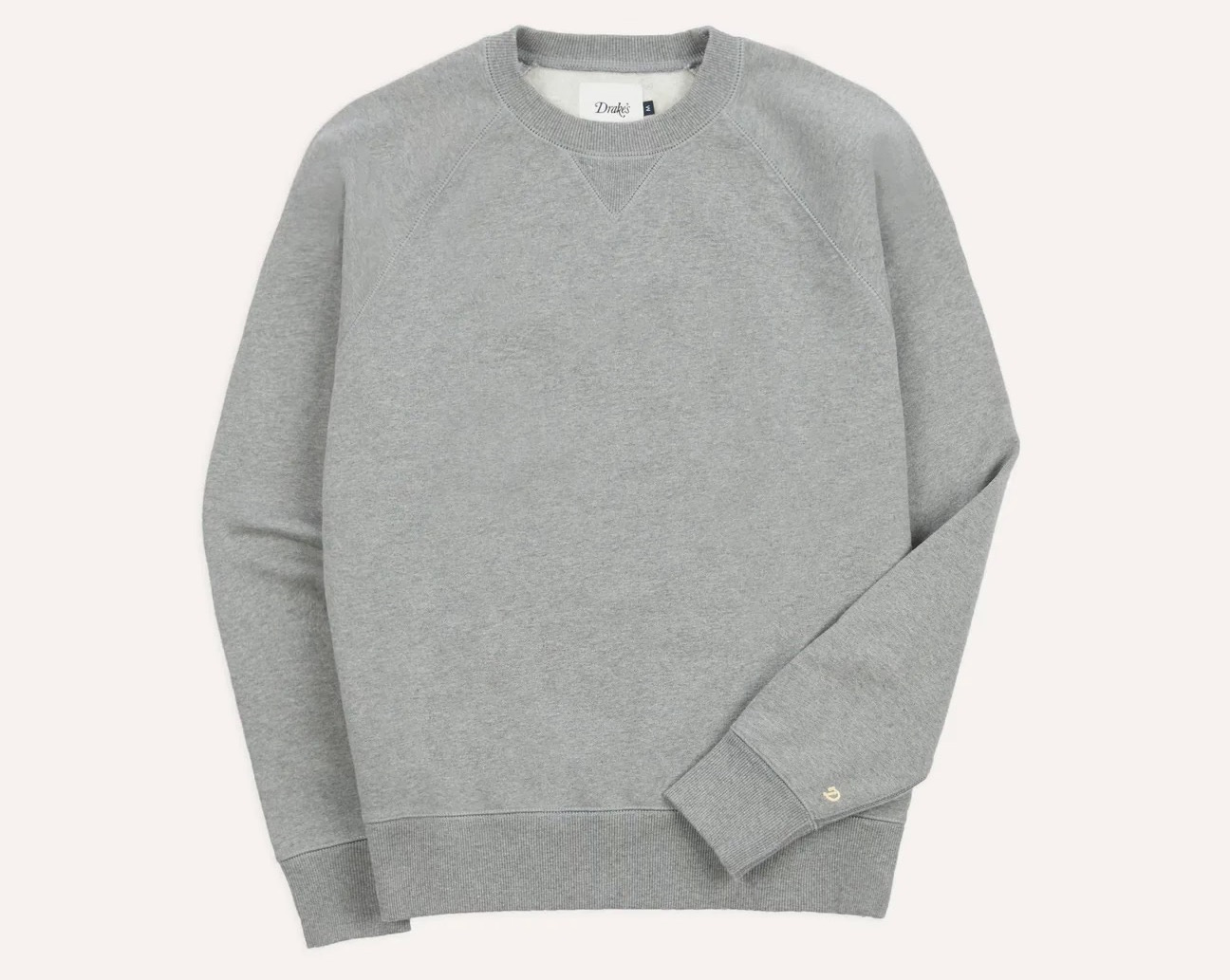How I Learned to Stop Worrying and Love High Menswear Prices
Enthusiast spaces are becoming increasingly inaccessible
Three years ago I was driving with my dad to a car show being held at a local Porsche dealership. It was a crisp Spring morning, and the mid-80s Porsche 911 we were driving matched the cloudless blue sky. Despite my mercurial feelings towards car culture, I had the realization that this was the good stuff. One of those father-son moments worth memorializing.
Unsurprisingly, if you know us, my dad and I had the wrong day, and so we arrived at a mostly empty dealership with a few enthusiasts and salespeople milling about. Soon there was a group of guys standing around the car (you know the stance), admiring its condition and asking questions about its provenance. As my dad answered their questions, I began to understand that his car collection had been built through knowledge and relationships. He was a school teacher with a millionaire’s car collection that he had spent decades working towards through various deals, trades, car-related side jobs, flips, and by earning the respect of other car enthusiasts who didn’t mind doing him a favor.
It reminded me of something the late Sir Roger Scruton wrote about wine and one of his intellectual mentors:
“I learned from Dr. Picken, therefore, that wine is not just an object of pleasure, but an object of knowledge; and the pleasure depends on the knowledge.”
Porsches are one of those things that splits into two camps: enthusiasts and superficialists (to coin a term). The cars can often just be something a rich guy checks off a list of things he’s supposed to have. There are also those who go deep on these cars. They’re able to work on them; they know what makes certain years special and unique. Luxury watches are similar.
Although menswear can be more niche than sports cars or Rolexes, within menswear a similar dynamic is playing out. Like every business, operational and sourcing costs have risen, but it’s increasingly hard to tell to what extent hard economic factors are causing the prices we see today. Maybe our money is just worth that much less than it was before the pandemic. Is every brand just moving upmarket from their enthusiast core? Clearly, there’s no number too high for many. Imagine paying $345 for a grey cotton sweatshirt. Organic? No. Loopwheel? No. Made in England? No. Drake’s? Yes.
Scan enthusiast spaces and the refrain tends to be that as long as there are plenty of people willing to sit on a waitlist for a watch or pay astronomical prices for clothes made in Portugal, that the brands are simply following their economic interest in a high-low economy. They have no need to worry about the enthusiasts. Nevertheless, luxury brands seem to constantly be on the brink, if you believe the headlines.
Writing in I Drink Therefore I Am, Scruton, who had for a time enjoyed the ability to access wine vintages he couldn’t dream of buying at the time of the book’s publishing in 2009, doesn’t spend too much time rueing the day the market for wine changed. Instead, he finds solace in his newfound constraints and his general levels of knowledge about wine, writing:
“The most important thing to remember when exploring Burgundy is that the world is full of people who are both very rich and very stupid, who can be relied upon to spend virtually unlimited sums of money on products about which they know nothing except that other people as rich and stupid as themselves are spending unlimited sums of money on them. These people are extremely useful to the rest of us, since they put a premium on knowledge. Thus you can know immediately that you won’t be able to afford Le Montrachet, but that it might be worth visiting the place next door.” (emphasis mine)
As I’ve seen debates play out around the pricing of brands like Drake’s, talking points often snap back to the uniqueness of their curation. The combinations of colors and materials. You can buy a rugby shirt from Columbiaknit, which is thought to be the company’s shirt producer, but you’re paying a premium for Michael Hill’s color selection. You can buy Astorflex shoes instead of Drake’s, if being 95% of the way there is enough for you. If you decide to buy Drake’s at 3x the price of Astorflex, at least do so armed with knowledge about the shoe’s make.
I have tremendous respect for those that chase down who is making garments for top menswear brands. The
is a great resource for building knowledge about a garment’s material value versus its cost. This is noble work. Higher prices mean more constraints, and that’s okay. It pushes up the value of knowledge and taste. As it turns out, the best games are constrained games.




By getting paid, I guess?…